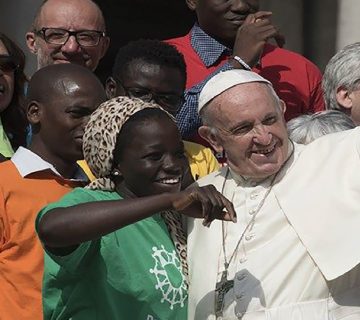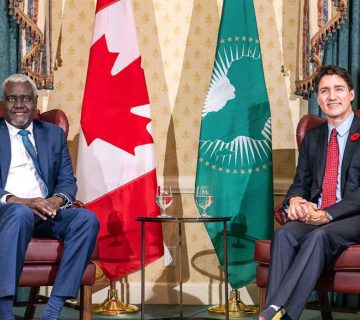Despite enactment of several preventive measures, Kenya has continued to register a steady increase in COVID-19 cases, with the disease now well over 32 counties across the country. While the country’s infections rate and casualties are still manageable, Kenya is not out of the woods just yet, if epidemiological models witnessed in other countries are anything to go by. More than ever, communities must join hands with national and county governments to protect the vulnerable and take precautions to minimize the spread of the disease. On their part, governments – working with community leaders – must step up civic education in rural communities to further entrench awareness and safeguard gains made thus far.
Since the confirmation of the first COVID-19 case in Kenya on March 13, 2020, Kenyans have by and large embraced government-led containment measures to a great economic and social cost. Businesses that require close contact have been closed, funerals rushed, and religious and cultural ceremonies forfeited in an attempt to observe social distance, and consequently minimize the spread of the disease. This patriotic act of selflessness, in addition to Kenyans’ innovativeness witnessed in the production of face masks, hand washing techniques among others, has been cited by government officials as key to the country’s victory against the pandemic thus far.
Kenyans have also demonstrated their generosity by extending social support to the most vulnerable in the society especially in informal settlements, to complement national government interventions. However, as the cases increase in the rural counties, challenges prevalent in these areas such high poverty levels, a high number of the elderly with compromised immunity levels, desert locust invasion, as well as the catastrophic impact of floods both levels of government must now embrace a bottom-up approach. This will help in localising the war against the virus hence bootstrapping its containment locally, amplify government efforts and fast-track safe reopening of the country.
Several options exist at both levels of government to intensify cooperation with communities and citizens in the war against the virus. First, national and county governments must revisit their communication strategies to ensure that citizens appreciate the magnitude of the threat at hand. The use of social media and press conferences should be complemented with other modes of communication that are accessible to the vast part of the population. This can include, deploying community health workers accompanied by local level administration to conduct community-wide sensitization campaigns. Additionally, the public goodwill and networks enjoyed by grassroots security systems including nyumba kumi initiative, and church leaders and community-based youth and women groups should be harnessed to support the local campaign against the spread of COVID-19. Vernacular radio stations could also be key to successful and widespread dissemination of information and alert to the public at the community levels.
Secondly, authorities should address adequately the challenges of obtaining social distancing and hygiene. At the foremost, existing safety nets aimed at cushioning the vulnerable population should be widened to cover those who have lost income. Innovative money transfer infrastructures including M-Pesa should be activated to support, through credit facilities and grants, the most vulnerable individuals in the country. This will go a long way in realizing adherence to stay at home advisories and an increase in reception to other government messaging besides access to crucial personal protection equipment, soap, masks, sanitizers, and water. County governments too must impress their footprints in this endeavour. Besides, showing support for national government initiatives, county governments should design county-level approaches of containing the virus within their jurisdictions while also take frontline position in safeguarding the welfare of their populations. Several counties government should borrow leaf from Mombasa County in this respect. To begin with, county assemblies should reconvene to legislate and appropriate for county-based social intervention programs at ward levels.
Thirdly, enforcement of government directives should be carried out humanely with security agencies putting their greatest focus on protecting rather than antagonizing citizens. The use of excessive force witnessed occasionally in certain parts of the country paints government efforts in the wrong way and risks alienating citizens in the war against the virus. It is imperative that officers operating outside the confine of the laws in as far as policing the pandemic is concerned are held accountable and victims compensated. This will go a long way in restoring cordial government-citizens relationship in affected communities and redirecting the conversation to containing the spread of the virus.
More importantly, citizens across the country should own up the war against this pandemic. Increased rapid community transmission witnessed in certain estates including Eastleigh and Kibera in Nairobi and Old Town in Mombasa points to slackness of a section of the general public and disregard for government directives. Community leaderships, religious organisations and community based organisations, therefore, must play a role in identifying gaps and vulnerabilities in as far as COVID-19 is concerned and raise alarm with the authorities. In the absence of community cooperation in the national spirit of pulling together, Harambee, to defeat the virus, government capacity to manage the spread are likely to be stretched beyond measure at a great human cost.
Elvis Salano is a Research Assistant at the HORN Institute
Photo: Medical personnel in Kenya fitting protective equipment manufactured by a local youth group in Kenya, on May 14, 2020 (Photo Credit: Tony Karumba/AFP/Getty Images/FP)



